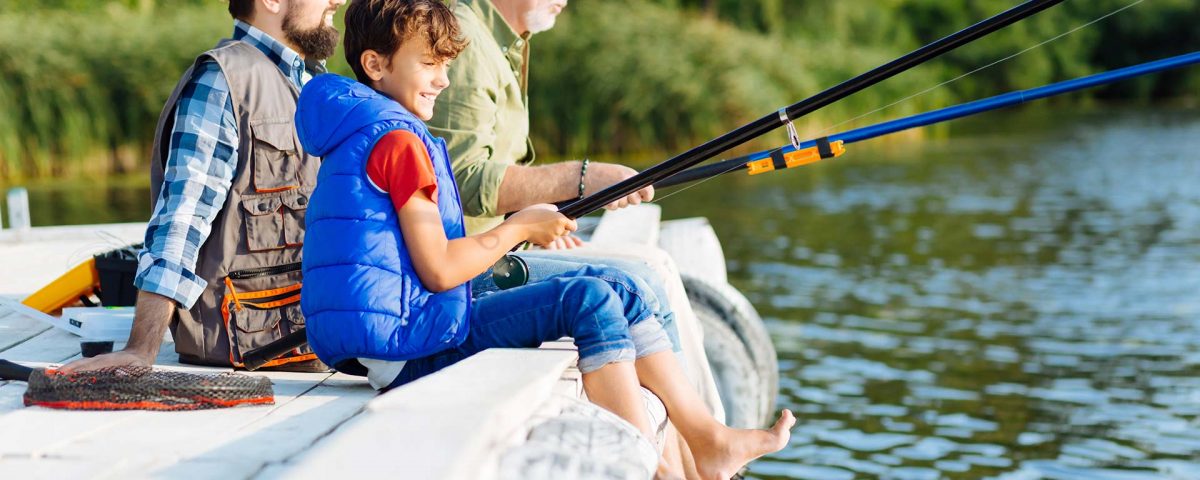How to Freeze Fresh-Caught Fish with Dry Ice

When a big fish is on the line, some people see it as a trophy. Others consider it a worthy adversary. But to most of us, that fish is just good eats—and the best way to get it home in just-caught condition is by quickly freezing your fresh-caught fish with Penguin Brand Dry Ice®.
After a successful day of fishing, preserve and transport your catch with the step-by-step directions below. When done right, this method helps prevent bacteria build-up and keeps ice crystalline from forming on the fish, eliminating that “mushy” texture that can occur from thawing or refreezing with regular ice.
Here’s what you’ll need:
- Pair of safety gloves
- 10- to 20-pound package(s) of Penguin Brand Dry Ice, available at a store near you
- Newspaper or packing paper
- Small knife or other sharp tool
- 50- to 100-quart cooler (plastic or Styrofoam)
- Vacuum-sealable plastic bag
Step 1: Vacuum seal your fillets
Clean and fillet your catch using normal methods, setting aside the sections of fish you want to preserve. Then, once your catch is cleaned, place and store it in a vacuum-sealed plastic bag.
Don’t have a vacuum sealer? No big deal. Simply place your catch in a plastic zipper-style freezer bag and slowly dip the bag in a bucket of water, leaving a small portion of one corner unzipped. As you submerge the bag, water pressure will push the air inside out of the open corner, allowing you to remove all the air. Zip the corner closed and you’ve got a vacuum-sealed product ready for freezing.
Step 2: Start packing the cooler
Place the sealed bag(s) of fish on the bottom of your empty cooler. Lay them flat without overlapping, if possible. It’s okay if overlapping occurs, but keep in mind that those areas will take longer to freeze.
Step 3: Prep your insulation
Using your knife or a sharp tool, poke 10-15 holes in the newspaper or packing paper for insulation. Poking holes in the paper will allow the dry ice vapors to penetrate the insulation and freeze the fish.
Step 4: Add the dry ice
Place the dry ice on top of the catch with your insulating paper between the dry ice and your fish to prevent superficial freezer burn. If you just want to keep your fish cold instead of frozen during transport, the dry ice should be at the bottom of the cooler with your catch on top and insulating paper in between. You can also wrap dry ice in the newspaper, but be sure to put on your safety gloves first.
Step 5: Head on home
Dry ice is colder than regular ice, with an average temperature around -109.3 degrees Fahrenheit (-78.5 degrees Celsius). As a result, it will quickly freeze your fish and keep the fish frozen for up to 24 hours. You don’t have to hurry back to dry land, but for the sake of your fish—no overnight excursions.
A few cooler considerations
Thin-walled Styrofoam coolers don’t provide much insulation. They also often don’t hold a seal well and can easily crack or break. If you want to efficiently transport your catch, spring for a thicker cooler—two to four inches thick will do the job. Also, make sure that there isn’t water or other liquids in the cooler that could impact the freezing or storage process.

